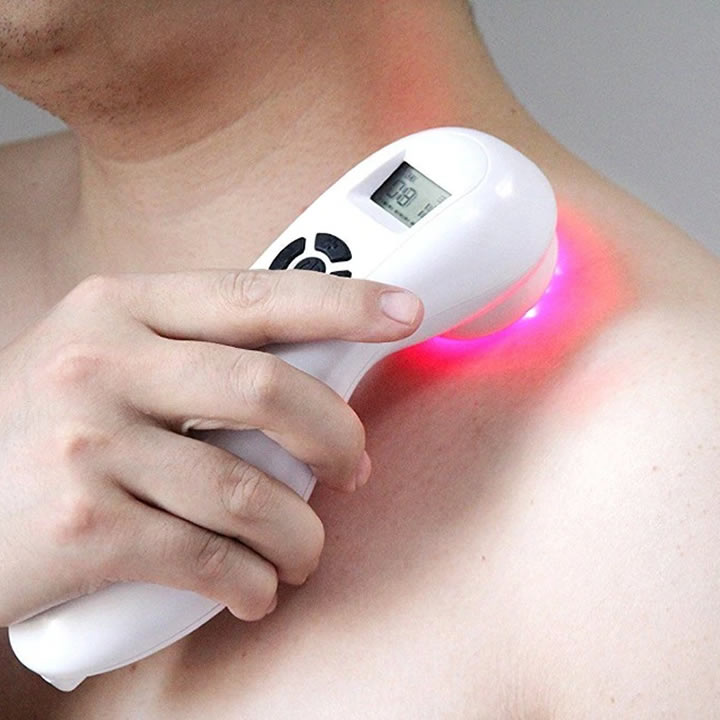Sometimes you need more than massage or a balm to help with aches, pains, and other conditions. One of the latest therapies to gain popularity is called Low Level Laser Therapy (LLLT), also known as photobiomodulation (PBMT). If you want pain relief, it is time to consider this new therapy.
Here is everything you need to know about Low Level Laser Therapy:
What is Photobiomodulation or LLLT?
LLLT goes by many names, such as cold laser therapy, soft laser therapy, and low-intensity light therapy. Research has proven that exposing the body to low levels of laser light has healing properties that can improve the function of cells. The desire effect of the therapy is achieved by fine tuning certain wavelengths.
How Does LLLT Work?
The main principle of LLLT is that a non-heat producing laser can decrease the amount of oxidative stress from medical conditions and improve cell metabolism. This can assist with reducing inflammation and pain.
Depending on the wavelength and power of the light, the effects change. Generally, wavelengths between 660 and 905 nm can penetrate the skin and benefit both soft and hard tissues. The mitochondria are largely responsible for taking in the light, similar to the way a plant might absorb sunlight; and those cells then have more energy to assist surrounding tissues with healing.
What Can LLLT Be Used For?
Low Level Laser Therapy can be used for a number of conditions, including the following:
- Short-term pain relief for rheumatic disorders (such as osteoarthritis and rheumatoid arthritis), tendiopathy, and neck and joint disorders
- Musculoskeletal disorders, including temporomandibular joint disorder and fibromyalgia
- Exercise-induced muscle fatigue
- Whiplash
- Chronic regional pain
- Tendinitis
- Epicondylitis
- Diabetic neuropathy and foot ulcers
- Oral applications, such as the prevention of oral mucositis, dentin hypersensitivity, and pain from wisdom tooth extraction
- and much more.
Are There Additional Benefits?
Though the aforementioned uses of LLLT are most common, it can be applied to a number of cases. For example, those with diabetes who are struggling with slow healing can benefit from LLLT, since it is known to accelerate the healing process. This can help with the prevention of limb amputation.
LLLT can also prompt new cell growth, which is why cancer patients undergoing chemotherapy oftentimes receive cold laser therapy. Individuals who are suffering from inflammatory diseases also find relief. Worried about wrinkles and aging? LLLT is also known to have cosmetic benefits, such as reducing the appearance of wrinkles, fine lines, and age spots.
Now that you know more about Low Level Laser Therapy, you must be itching to get an appointment! LLLT is certainly a fantastic way of healing the body naturally and without medication. Whether you are an athlete or want relief from an old injury, there are benefits to Low Level Laser Therapy you can’t ignore.

